When and how to cut currants after fruiting (harvesting) and in autumn
In order to have chic currant bushes in your garden, you must use such a strong agrotechnical technique as pruning. Indeed, it is the correct pruning that allows you to optimally form the crown, increase the yield, and improve the quality of berries. In addition, with the help of pruning, it is possible to delay the exposure of the inner parts of the crown, improve their growth, fruiting and fruit quality in aging shrubs, and lengthen their period of productive age.
How, when to cut currants, according to what schemes, as well as what to do with an old and neglected bush, how to care for a bush after harvesting, will be discussed in our article.
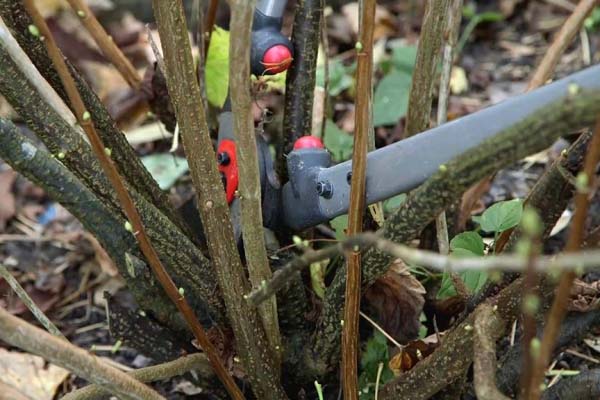
Content
Why cut currants
The main crop of black currant is formed on branches of 1-3 years of age, mostly on their young one-year growth.4-year-old, and especially older 5-year-old branches give a weak growth and, accordingly, a very weak harvest, in other words, they no longer bear fruit in full force, but only suck nutrients from the bush and the ground. The situation is aggravated by the fact that old branches are often affected by diseases, overshadow the bush and prevent young shoots from developing.
Note! Next, we will talk about pruning personalized black currants, about the nuances and differences between white and red - read in a separate paragraph.
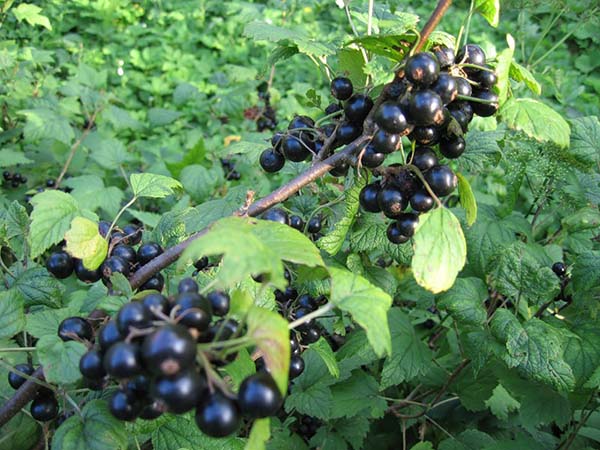
Timely and correct pruning of currants provokes the growth of new basal shoots from the underground part of the bush, which are also sometimes called "zero" or annual, and also promotes better branching of the bush on perennial branches. Thus, the constant replacement of shoots does not allow the berry shrub to stagnate, forcing it to bear fruit abundantly every year.
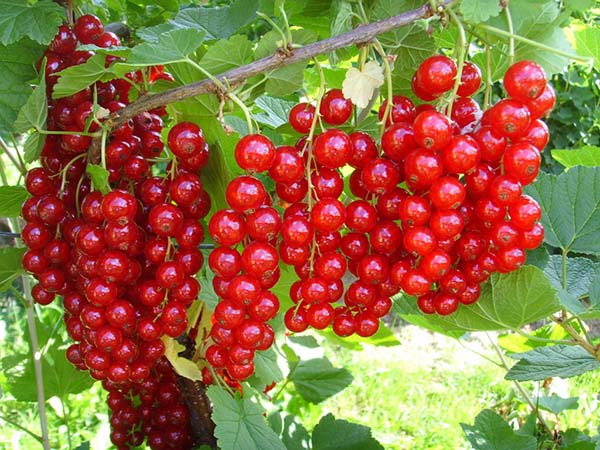
Advice! In the future, when cutting currants, it will help you a lot if you know the structure of its bush.
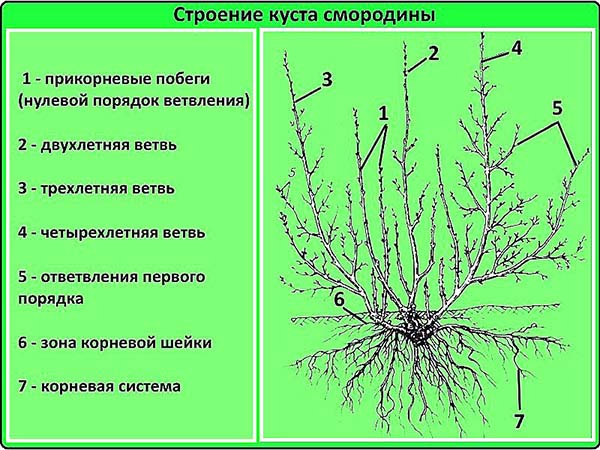
When to cut currants in the fall: optimal timing
Most gardeners recommend after the summer harvest spend only sanitary pruning shrub, and shaping and rejuvenating - already in the fall, after the bush has shed its leaves.
The point is that it is better to wait until the leaves turn yellow and fall, so that the assimilants from the old branches have time to flow into the roots and are used by the bush as reserve nutrients in winter.
Thus, the approximate timing of cutting currants after harvesting (fruiting) is July-September, and in autumn - September-October. In the South of Russia - earlier, in more northern regions, in the same Central Lane (Moscow region) - much later.
When is the best time to prune - in autumn or spring
Many gardeners cannot decide when it is better to cut currants - in spring or autumn. In general, pruning can be done both in the spring and in the fall. However, in spring there is much less time to cut currants than in autumn. This is due to the fact that when spring comes, the fruit buds of the bush swell very early (in March-April), in other words, it can be problematic to have time. If you cut it off after the buds have opened, then this greatly injures the shrub, which means that its fruiting will begin with some delay. Therefore, it is advisable to cut currants precisely late autumn, and in the spring already control the results.
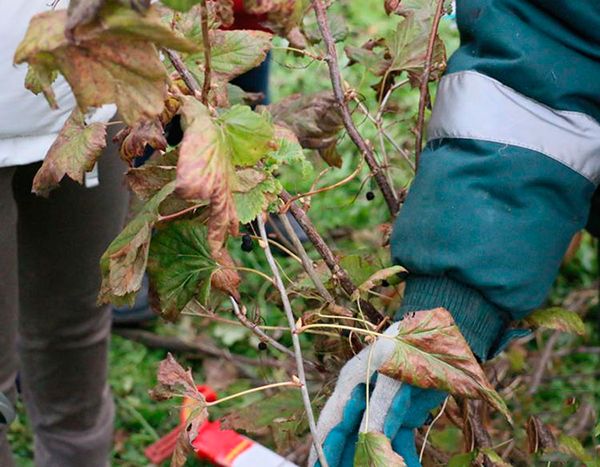
Important! If for some reason you still missed pruning in the fall, then in the spring, in principle, everything is done the same.
How to cut currants in the fall: basic rules and recommendations
Advice! For work on pruning a bush, you should definitely use a special garden tool (you cannot break off branches with your hands), namely the most ordinary pruner. Better yet, use a pruner with long handles. Each of the instruments must be sharp. This is necessary in order not to provoke painful injuries.
What branches and shoots currants need to cut after fruiting (harvesting) and in autumn:
- All diseased (eg, branches with mite buds, bent shoots affected by aphids), old with moss, dried out and damaged (after harvest).
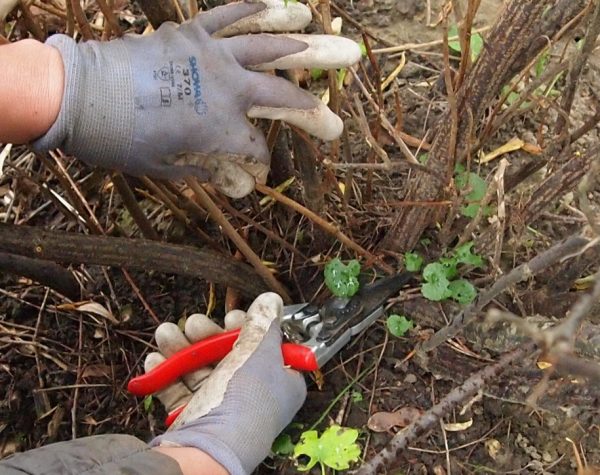
- All old branches are from 4-5 years old.
- Branches strongly inclined towards the ground (practically lying on the surface of the ground), because in the summer they still do not have enough light for full fruiting.
- As for pruning zero (annual) young shoots, then every fall it is recommended leave 3-6 of these shoots (the strongest), so as not to thicken the bush, and the rest you need completely cut.
- The young shoots of replacement (zero) themselves need shorten by 1/3 over the kidneysto branch better.
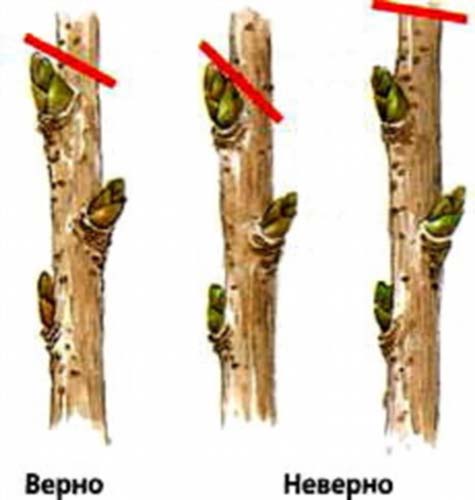
- 2-3-year-old branches also need to be updated. Shouldget rid of a competing one-year growth to a strong lateral branch (weaker shoots with fewer buds should be removed) to enhance the growth of the remainder of the branch.
- Also for better branching it is recommended trim the tops of a new growth on 2-3 year old branches above the buds (all the more it is necessary to shorten the branches of the second order if their length exceeds 40-50 cm).
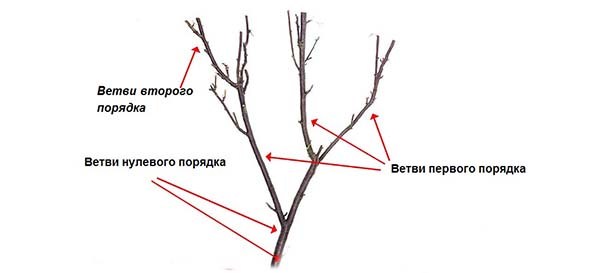
- In addition, one should delete all young growth growing in the center (inside) of the bushso that it does not thicken it. Indeed, in order for the bush to bear fruit well and not get sick, it must be well lit and ventilated.
Important! If you shorten a branch and see that centered inside her black hole, that is, she amazed by the glassthen such an escape must be completely removed. Although, of course, you can try to trim it to healthy wood, but most often you have to cut it completely (to the bottom).
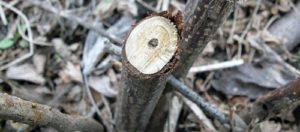
How to prune branches and shoots correctly currants in autumn:
- Sick, damaged and old (4-5 year old) branches and shootsyou need to cut completelypractically flush with the ground, being careful not to leave stumps.
If you leave high hemp, then in the end you can get a kind of "hedgehog" of hemp, but this is not necessary at all.
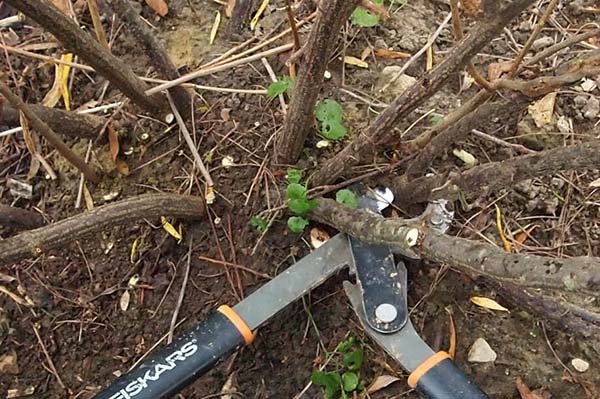
- Distinguish young shoots from old branches simple enough: old branches are thick and dark brown (almost black), while fresh 1-3-year-old shoots are thin and have lighter wood.
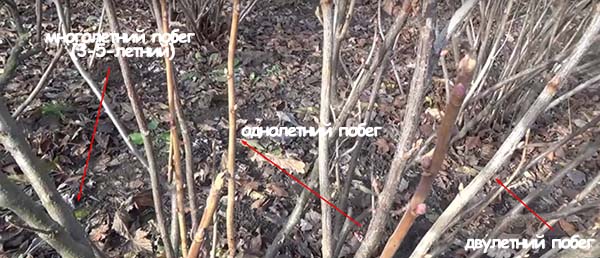
Thus, as a result, a 4-year-old bush should have about 9-18 branches of the zero order of different ages. The classic pattern is 3-6 branches of annuals, 3-6 branches of biennials and 3-6 branches of three-year-olds and 3-6 of four-year-olds, which you must cut.
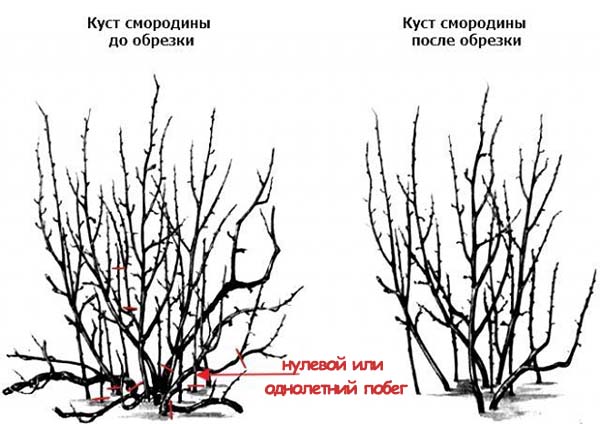
Video: pruning currants in the fall
By the way! Currant tops left after shortening annual branches can be conveniently used as cuttings for rooting before winter, in other words, at the same time, you can propagate the shrub using cuttings.
Video: how to cut currants in the fall
Scheme of conducting formative pruning by years
If you are growing a shrub from scratch, planting it with a one year old seedling (in the spring or in the fall), then you should adhere to a certain scheme for cutting currants as it grows, or rather, correctly form your currant bush:
- After planting a seedling - everything that is above 4 buds from the base of the soil is removed. This radical pruning contributes to proper crown formation. Next year, at least 4-8 young shoots will grow from the remaining buds.
- after 1 year - pruning (more precisely, pinching) of the tops of all young branches is carried out 1/3 above the buds.
- after 2 years - pruning (pinching) of all zero shoots, as well as part of the skeletal branches, is again carried out. On 2-year-old branches, you need to get rid of the competing one-year growth up to a strong lateral branch (you need to leave stronger shoots with a large number of buds) in order to enhance the growth of the remaining part of the branch, and for better branching, cut off all the tops of all other first and second order growths above their kidneys. This will provoke the growth of a young shrub not upward, but in width.
- after 3 years - fully correspond to pruning on a 3-year-old seedling. It is necessary to eliminate all shoots that thicken the inner branches of the bush. If all the conditions are met correctly, then by the 4th year you will get a lush formed shrub.
- for 4 years and beyond - at this moment, aging growth begins to form. At the end of the season, remove all old branches at the root. All other shoots after the 4th year of the plant's life are pruned according to the type of 2 years (3-year-old seedling). In addition, it is necessary to leave 3-6 new zero replacement shoots every year.
Important! When trimming and shaping red or white currant there are a couple of nuances that are described in a separate paragraph.
You can see an illustrated diagram of currant pruning by year in the picture below:
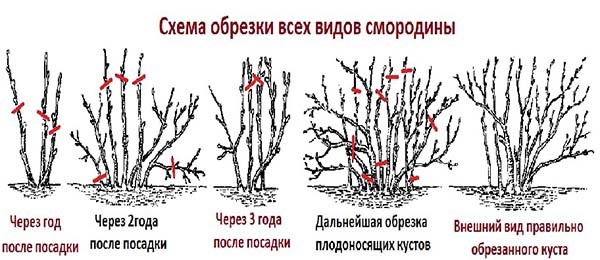
Video: pruning 1, 2 and 3-year-old currant bushes in the fall
What to do with an old and neglected bush - how to prune it
If you inherited an old plot, or you bought a summer cottage with overly thickened currant bushes (but they are not more than 10-15 years old), which give a scanty harvest, then, in principle, you can try to revive it by doing the correct anti-aging pruning. Moreover, it is better to do this in 2 stages.
By the way! The currant bush can grow well and bear fruit normally no more than 15 years (the maximum is 20 years). Then you need to get rid of it, and first plant or transplantby propagating in one of the vegetative ways.
Naturally, it's better to start with sanitary pruning currant bush, and then cut and all old branches... The bush will be cleared, in other words, the necessary conditions will be created for the growth of young shoots of zero order. And already next year you can start pinch the tops of annual shoots for their better branching, that is, you will form a bush.
Differences in pruning red and white currants from black
One of the main differences in pruning white and red currants from black is the fact that the latter pruned much more frequently... In other words, the black variety requires more control in growth and, accordingly, is pruned more often. The growth of red and white currants zero shoots more discreetbesides she can bear fruit normally on 5-7 year old branches, while black is only for 3-4 year olds. Thus, if you do not regularly prune black currants, then it will crush itself with overgrown branches deep into the bush. The same applies to red and white currants, but in this case there is no such need to remove branches older than 4-5 years.
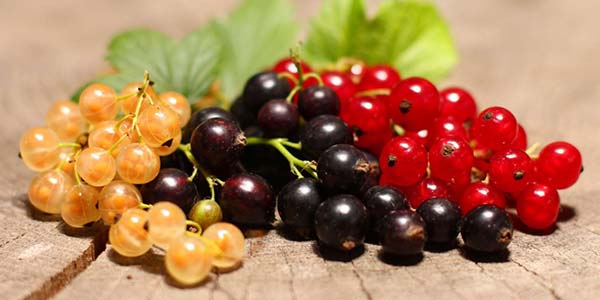
However! If the annual growth rate of perennial branches of red and white currants becomes less than 15 centimeters, then they should be disposed of. But with pruning old branches with multiple branches in red currants, you need to be careful, because they give a fairly good yield (in contrast to the black variety).
Video: pruning red currants for a good harvest
Another important difference in pruning is that in black currants, the tops should not be shortened very much, otherwise you will be left without a significant part of the harvest, whereas you can have red and white.
Video: what is the difference between cutting black and red currants
What to do after the autumn pruning of currants
Post-harvest autumn care for shrubs (in addition to pruning) also includes:
- cleaning the trunk circle from old mulch and loosening;
- watering and fertilizing;
Note! About, how to properly feed currants in the fall after fruiting, read in this article.
- treatment against pests and diseases;
- shelter (mulching) for the winter.
Important! More about what and how to do in the fall in order to properly prepare the currants for winter, you will learnfrom this material.
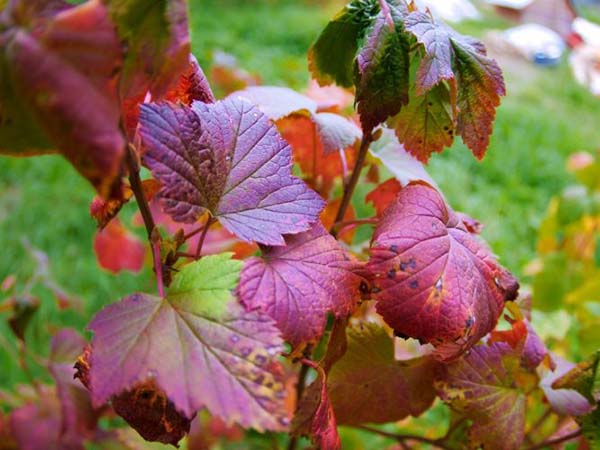
It is not so difficult to prune currants in the fall, especially if you follow the advice and the proposed scheme. Over time, even novice gardeners will be able to understand and master everything.
Video: how to properly trim black currants
Note! Of course, when experts show, everything seems simple and understandable. But you are standing near your bush and do not know what to do, how and what to cut. Don't be upset, everything comes with experience. Therefore, you need to try, not be afraid to experiment, and you will definitely succeed. Good luck!


Fine!